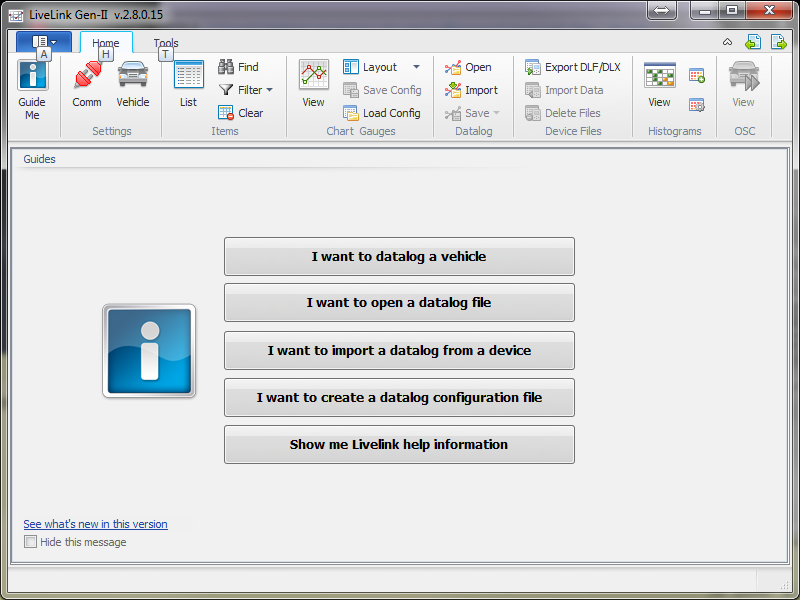

- #WINDOWS 10 SCT DEVICE UPDATER NOT RESPONDING INSTALL#
- #WINDOWS 10 SCT DEVICE UPDATER NOT RESPONDING UPDATE#
- #WINDOWS 10 SCT DEVICE UPDATER NOT RESPONDING WINDOWS 10#
Note: The printer connection issues described in this issue are specific to print servers and are not commonly observed in devices designed for home use.
Server: Windows Server 2022 Windows Server, version 20H2 Windows Server, version 2004 Windows Server, version 1909 Windows Server, version 1809 Windows Server 2019 Windows Server 2016 Windows Server 2012 R2 Windows Server 2012 Windows Server 2008 R2 SP1 Windows Server 2008 SP2Ĭonnections to printers shared via print server might encounter errorsĪfter installation of KB5006667, Windows print clients might encounter the following errors when connecting to a remote printer shared on a Windows print server:. 
#WINDOWS 10 SCT DEVICE UPDATER NOT RESPONDING WINDOWS 10#
Client: Windows 11, version 21H2 Windows 10, version 21H2 Windows 10, version 21H1 Windows 10, version 20H2 Windows 10, version 2004 Windows 10, version 1909 Windows 10, version 1809 Windows 10 Enterprise LTSC 2019 Windows 10 Enterprise LTSC 2016 Windows 10, version 1607 Windows 10 Enterprise 2015 LTSB Windows 8.1 Windows 7 SP1. #WINDOWS 10 SCT DEVICE UPDATER NOT RESPONDING UPDATE#
This update should prevent the issue from occurring again, but you might need to reinstall affected apps, if they will not open. Resolution: This issue was resolved in KB5008206.
#WINDOWS 10 SCT DEVICE UPDATER NOT RESPONDING INSTALL#
Workaround: To mitigate this issue, you will need to uninstall the affected app, then install the latest version of the app. Affected apps might fail to open after an update or repair has been attempted. Apps that are known to be affected include some apps from Kaspersky. Microsoft Installer might have issues updating or repairing appsĪfter installing KB5007189 or later updates, Microsoft Installer (MSI) might have issues repairing or updating apps.
Server: Windows Server 2022 Windows Server, version 20H2 Windows Server 2019 Windows Server 2016. Client: Windows 11, version 21H2 Windows 10, version 21H2 Windows 10, version 21H1 Windows 10, version 20H2 Windows 10, version 1909 Windows 10, version 1809 Windows 10 Enterprise LTSC 2019 Windows 10 Enterprise LTSC 2016 Windows 10, version 1607 Windows 10 Enterprise 2015 LTSB. Note KB5010792 will not install automatically. See the Microsoft Update Catalog for instructions. You can import this update into Windows Server Update Services (WSUS) manually. If you would like to install the update, you will need to Check for updates and select "Optional updates" and then select KB5010792. To get the standalone package for KB5010792, search for it in the Microsoft Update Catalog. Resolution: This issue was resolved in the out-of-band update KB5010792. It is a cumulative update, so you do not need to apply any previous update before installing it. Note: Not all VPN servers have the option to disable Vendor ID from being used. Workaround: To mitigate the issue for some VPNs, you can disable Vendor ID within the server-side settings. VPN connections using Layer 2 Tunneling Protocol (L2TP) or IP security Internet Key Exchange (IPSEC IKE) might also be affected. After installing KB5009545, IP Security (IPSEC) connections which contain a Vendor ID might fail.






 0 kommentar(er)
0 kommentar(er)
